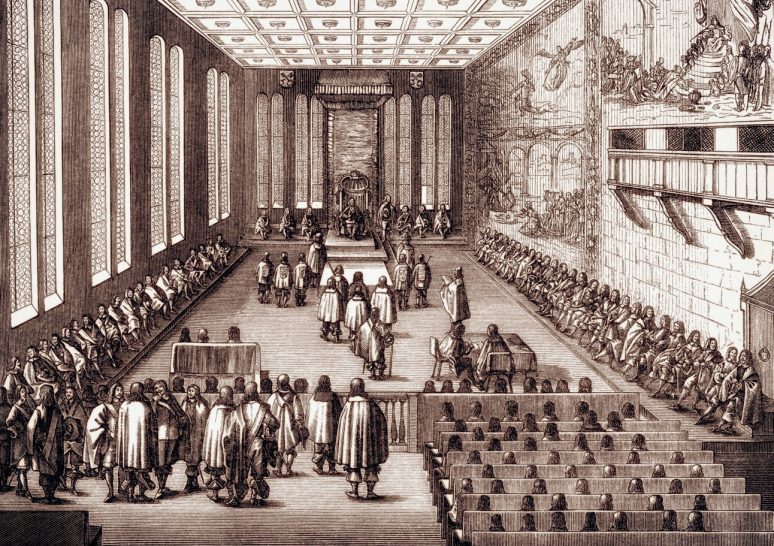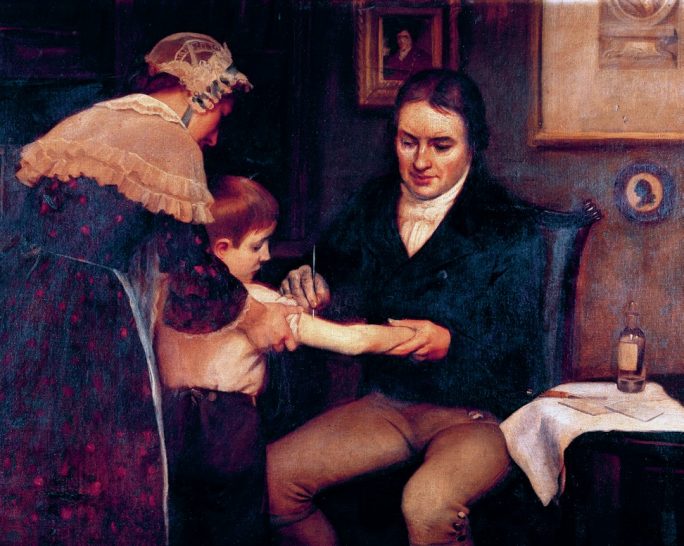
The name of Guy Fawkes has for over four centuries been inseparably linked to the most audacious terrorist plot ever attempted in Britain: a plan to blow up King James I, his heir Prince Henry, and both Houses of Parliament with a massive quantity of explosives.
In fact, Fawkes was neither the instigator nor the most important member of the conspiracy. The leading plotters were landed Catholic gentlemen. Fawkes was a professional soldier who had fought for the Catholic armies of Spain in their wars in the Low Countries. He had the technical expertise the plotters needed, and thus it was Fawkes whom the authorities found and arrested shortly after midnight on 5 November 1605, in a cellar under the Lords’ Chamber in the Palace of Westminster. He was in possession of nearly a ton of gunpowder.
Your organisation does not have access to this article.
Sign up today to give your students the edge they need to achieve their best grades with subject expertise
Subscribe




